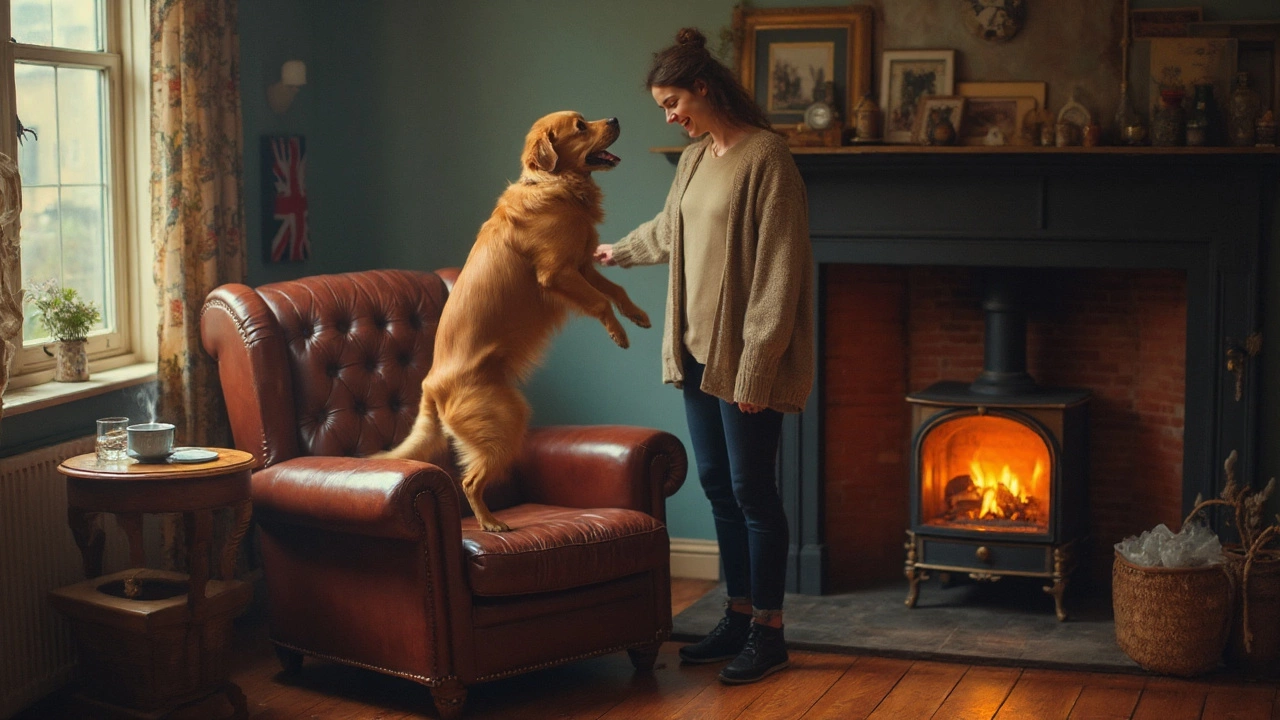Canine Territorial Behavior: What It Is and How to Handle It
Ever notice your dog growling when someone steps onto the couch or barking at the neighbour’s cat? That’s territorial behavior – a natural instinct that can turn messy if you don’t know how to deal with it. In this guide we break down the why, the signs, and the ways you can keep the peace at home and outside.
What Triggers a Dog’s Territorial Instinct?
Dogs see the world in zones. A spot on the floor, a favorite chew toy, or even a part of the yard becomes “theirs”. When something or someone threatens that space, the dog’s brain sends a warning signal and the instinct to protect kicks in. Common triggers include:
- New people or animals entering a familiar area
- Changes in furniture, rugs, or anything that alters the visual layout
- Unexpected noises that make the dog feel vulnerable
- Previous bad experiences, like a scary vet visit that left a memory attached to a room
Noticeable signs are growling, stiff body posture, raised hackles, or a sudden dash toward the perceived intruder. Not all growls mean aggression; sometimes it’s just a warning. The key is to read the whole body language.
How to Manage and Reduce Unwanted Guarding
First, don’t punish the dog for acting on a natural instinct. Punishment can make the fear worse and lead to more aggression. Instead, use these practical steps:
- Set clear boundaries. Decide which areas are off‑limits for guests and keep the dog on a leash or in a separate room during introductions.
- Desensitise gradually. Let the dog see the trigger from a safe distance, reward calm behaviour, and slowly close the gap over several sessions.
- Teach a “leave it” cue. Start with a treat in your hand, say “leave it”, and reward when the dog looks away. Use the cue when they start to guard.
- Provide alternative outlets. A chew toy, puzzle feeder, or a dedicated “safe spot” can redirect the dog’s focus away from guarding.
- Keep routines stable. Dogs feel less threatened when feeding, walks, and playtime stay predictable.
If the guarding is severe – like snapping or refusing to leave a spot – consider a professional trainer or a vet check. Sometimes medical issues (pain, thyroid problems) can amplify territorial reactions.
Remember, a well‑socialised dog knows that new faces are not a threat. Invite friends over, let the dog sniff calmly, and reward relaxed behaviour. Over time the dog learns that the world outside its turf is safe.
Territorial behavior isn’t a flaw; it’s a built‑in survival tool. By understanding the triggers and responding with patience, you can turn a potential showdown into a calm coexistence. Your dog stays happy, and you keep the house peaceful.

